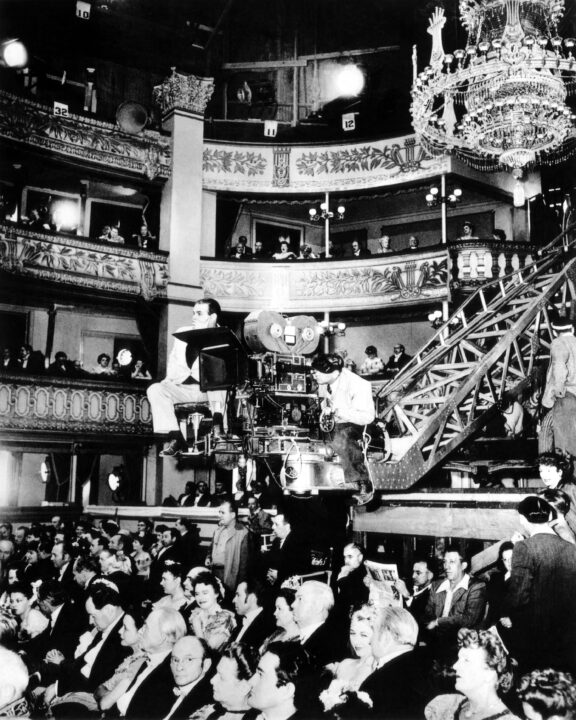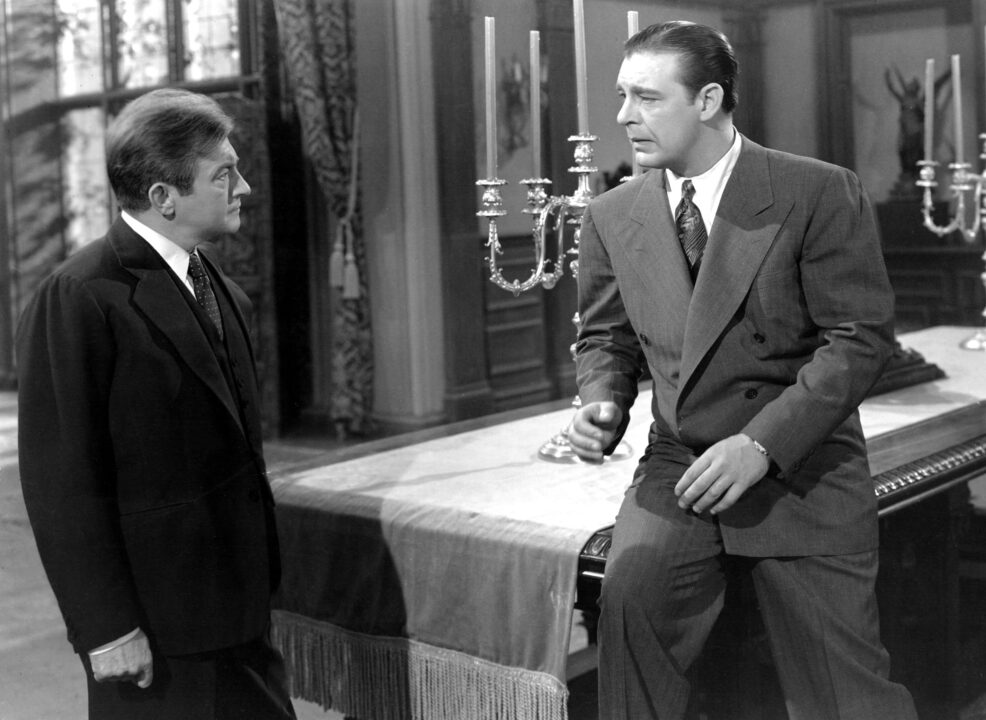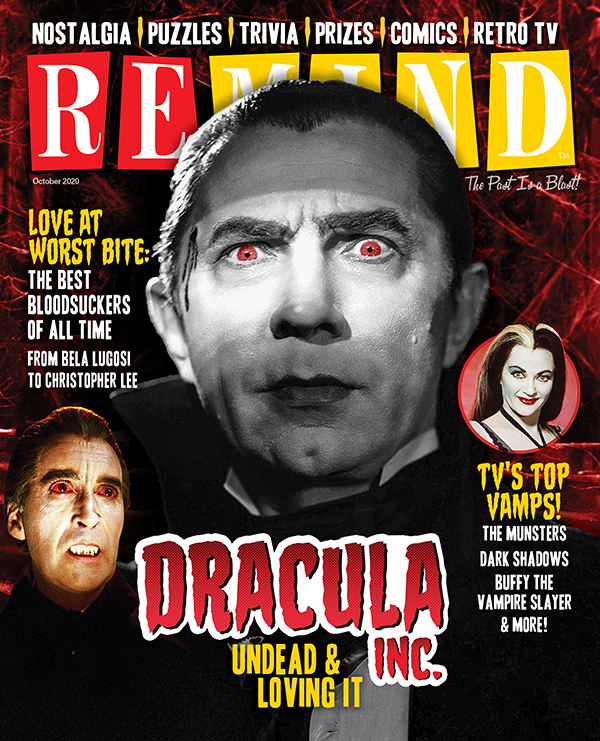5 Freakishly Fascinating Facts About ‘Phantom of the Opera’ (1943), Svengoolie’s Movie of the Week

This week, beware of masked men and falling chandeliers, as Svengoolie shows the 1943 version of Phantom of the Opera on the Dec. 21, 2024 edition of the MeTV series Svengoolie Classic Horror & Sci-Fi Movie.
The second film adaptation of Gaston Leroux’s novel about love, obsession, and skulking around the Paris Opera House, Phantom of the Opera tells the story of the Phantom (Claude Rains), a disfigured piano man who nurses a secret love for opera singer Christine and will go to to murderous lengths to support her career.
Despite some mixed critical reactions (and comparisons to the 1925 Lon Chaney silent version of the film), it was a success, and set the stage for countless adaptations of the tale to come.
1It was supposed to be an Abbott & Costello comedy

Courtesy Everett Collection
The Phantom of the Opera was first announced in 1940 as the sound adaptation of the silent 1925 version, starring Deanna Durbin, with director Henry Koster. In 1941, however, Durbin was under suspension by the studio, and it was announced that the picture was being re-imagined as a comedic vehicle for Abbott & Costello. 1941 was a banner year for the comedy duo, with the release of both Buck Privates and In the Navy.
Abbott and Costello had perhaps become too successful for a Phantom of the Opera parody; in 1942, they were voted the top box office draw, and Phantom was once again re-envisioned as a drama. Abbott and Costello wouldn’t start making Universal horror parodies until 1948, when, during a slowdown in their careers, they made Abbott & Costello Meet Frankenstein. Though the pair would tangle with many Universal monsters in the years that followed, they never did end up meeting the Phantom of the Opera.
2The movie reused some things from the original 1925 film, like the set …

Everett Collection
An epic set of the Paris Opera House was built for the 1925 version of Phantom. Designed by people with firsthand knowledge of the real Paris Opera House, the set was built into the walls of Universal’s famous Stage 28, with portions of it made out of steel and concrete. For this reason, the set was not destroyed at the end of filming; rather, it was used in other films for almost 100 years!
Though the set was reused in the 1943 Phantom, it also popped up in countless other films, including The Sting, The Birds, Airport, Xanadu, Jurassic Park, and the 2011 film version of The Muppets. And yes, it was reputed to be haunted by a cape-wearing ghost — perhaps Chaney himself?
In 2014, the soundstage was torn down, with the Paris Opera House facades going into storage, and the rest of the stage being demolished. Though there was public outcry, the logic for the move made some sense: the Universal Studios theme park had grown around the soundstage, and now sound from the rides leaked into the soundstage during film shoots. The area that once held the soundstage is now part of the park’s Harry Potter attraction.
3… but not others (like the Chaney family)

Everett Collection
In 1942, when work on the film was announced for the third time, it was set up with George Waggner as director and Lon Chaney Jr. taking on the role his father made famous. But in early 1943, it was announced that actually, Claude Rains, would actually play the mad musician who lives in the catacombs beneath the opera house. Chaney Jr., who was under contract to Universal at the time, was reportedly extremely upset — especially because had had enormous success in 1941’s The Wolf Man, where he starred alongside … Claude Rains.
4A 1944 Karloff movie was originally written as a Phantom sequel

Everett Collection
Phantom was a hit upon release — so much so that the studio wanted to immediately create a sequel. The film was planned to once again star Nelson Eddy and Susanna Foster, as well as Rains (which would imply that his character survived the film’s violent climax).
Issues with the script and Rains’ filming availability caused the project to get scrapped. But not entirely — it was reworked into the 1944 film The Climax, which has a similar plot about a madman (Boris Karloff) who becomes obsessed with a beautiful singer (once again played by Susanna Foster). Lightning didn’t strike twice, however, and The Climax was a box office bomb.
5It’s the only Universal horror film to win an Oscar (two, in fact)

Everett Collection
Though they’re now revered as ground-breaking works of American cinema, when they were being released into theaters in the 1930 and ’40s, Universal Horror films were considered unserious and not award-worthy. However, Phantom won two — in Art Direction (Color) and Cinematography (Color).
The Phantom of the Opera will air at 8pm EST on Dec. 21, 2024, on MeTV.

Dracula
October 2020
Drac is Back! Delve into some of the best vampire fare in TV, movies, radio and books.
Buy This Issue